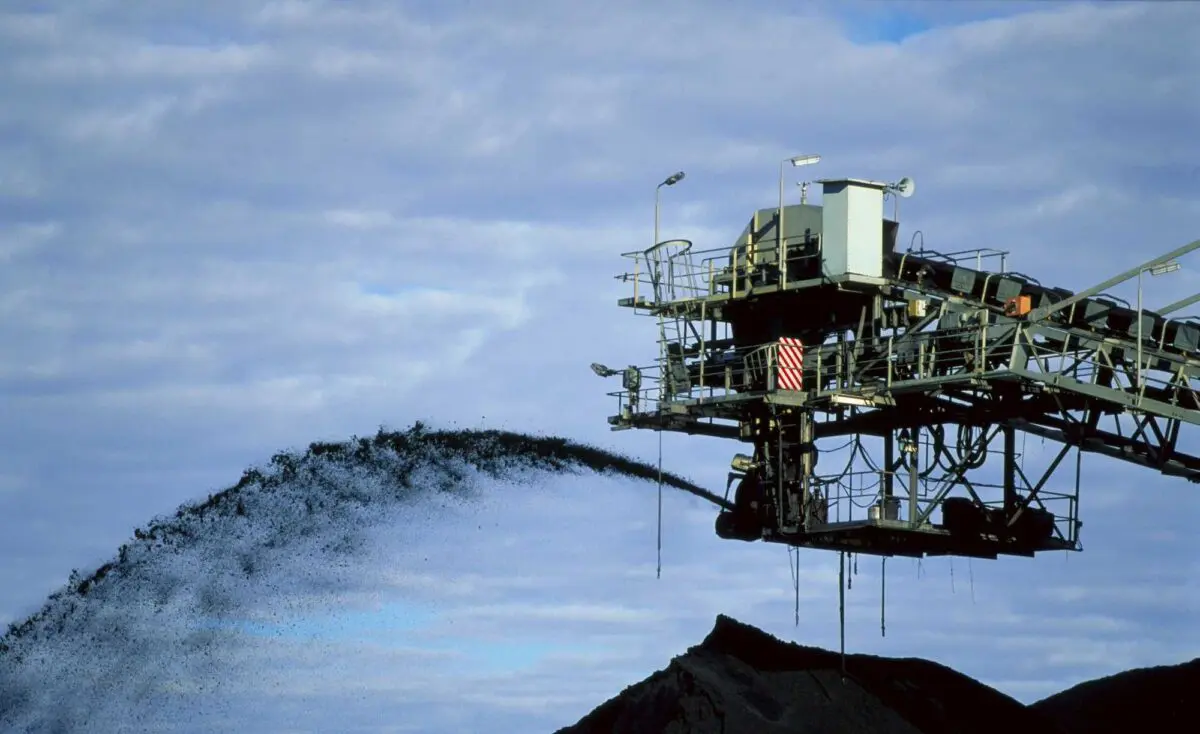Australia has just joined a new coalition at the UN climate talks, one that rules out new coal power in our energy system and promises to encourage others to do the same in the run up to next year’s critical mitigation summit in Brazil.
This is a critical step in our country’s energy future, and may be the first time the Federal government has publicly said the quiet part out loud – in the sunniest country in the world there’s no economic window for new coal power going forward.
We have so much solar right now, that even the existing coal plants are struggling to stay economical. Last month, solar broke yet another record. We generated over a quarter of our electricity from solar. This pushed coal below half of Australia’s electricity generation for the last two months running.
According to the Clean Energy Council, we’re on track to exceed 25 GW installed rooftop solar capacity by the end of this year. When you combine wind and solar together, we’ve been generating 40% of our electricity from renewables since September. Let’s see how high this climbs over the coming months.

This is a massive shift since we first signed onto the Paris Agreement. Back in 2015, wind and solar contributed just 7% of electricity (18 TWh). This grew to 28% (77TWh) just last year, putting Australia as not only the country with the highest rooftop solar share in the world, but the ninth-highest absolute generation of solar and wind anywhere.
We’re truly punching above our weight at the moment, and if we ramp up progress towards our 82% renewable energy goal for 2030, we might just be able to support other countries to ramp up the energy transition globally.
One small caveat though. While we’re out telling the world not to include new coal power in their energy system plans, we’re also selling the stuff. In fact, we’re the second biggest thermal coal exporter in the world by quantity.
Since 1990, coal production in Australia has skyrocketed. In 2022, we dug up 170 per cent more coal than we did in 1990. We’re now responsible for over a quarter of the global coal export market, selling 8.39 exajoules of coal in 2022.
I just don’t know how the world’s second biggest coal tycoon can go around the world telling countries to stop using the stuff we’re selling?

Even as China has promised to reduce coal consumption by 2026, the Federal government currently projects exports of thermal coal to remain effectively stable between now and 2028.
Only last month, we also approved three new thermal coal extensions, with plans to dig up thermal coal and export it around the world well into the 2040s. This is while we’re currently bidding to host the UN climate summit in only two years time.
Interestingly, production did in fact decline in the last few years, especially in the gassiest underground mines. Total coal production in 2022 was down by about 12 per cent compared to 2018.
If we continue on this trend, we might be able to begin discussing how to gradually phase down thermal coal and get serious about a gradually implemented Just Transition for the sector. Not just our domestic power market.
This would not only reduce emissions growth in carbon dioxide, but also cut direct methane emissions from our mines in NSW, having an all around positive effect on short term global warming, air pollution and ground-level ozone.
Through a gradual production phase-down, we could also gradually retrain workers and develop new industries alongside existing coal mines, well before they close.
However, for now it seems that we’re stuck with a challenging diplomatic split personality.
On the one hand we’re setting a shining example of how to transition your energy system away from coal, and are more than qualified to support other countries to do the same. On the other, we’re profiting off thermal coal sales around the world, without a clear transition plan in sight this decade.
Christopher Wright is a strategic climate advisor – coal mine methane, with Ember Climate










